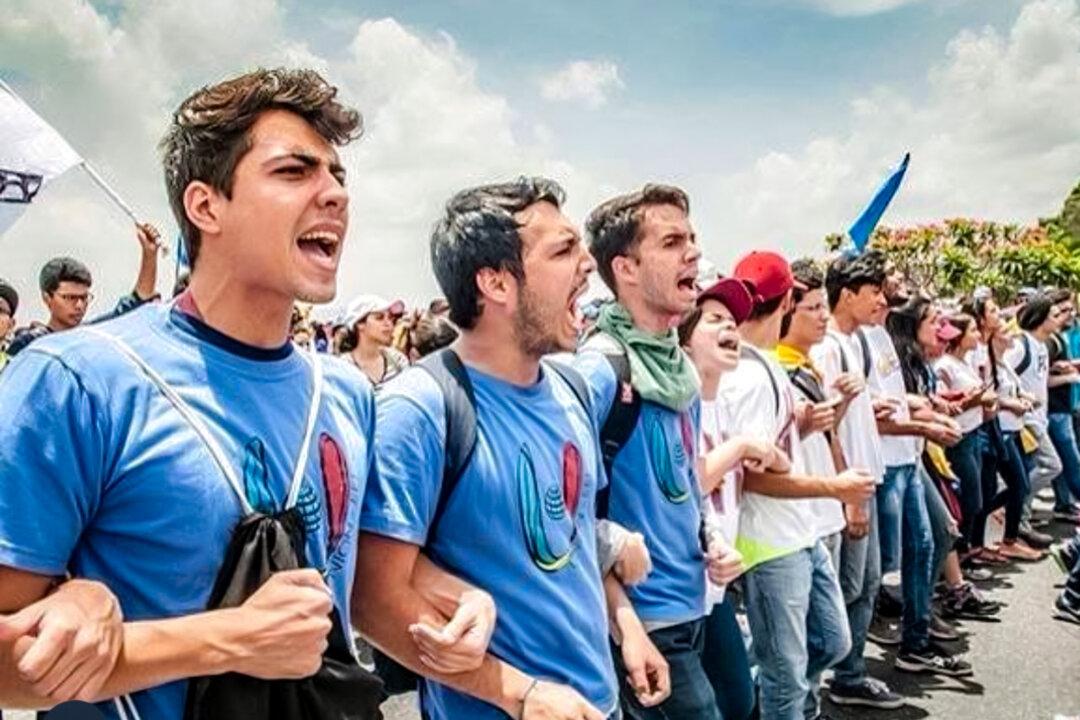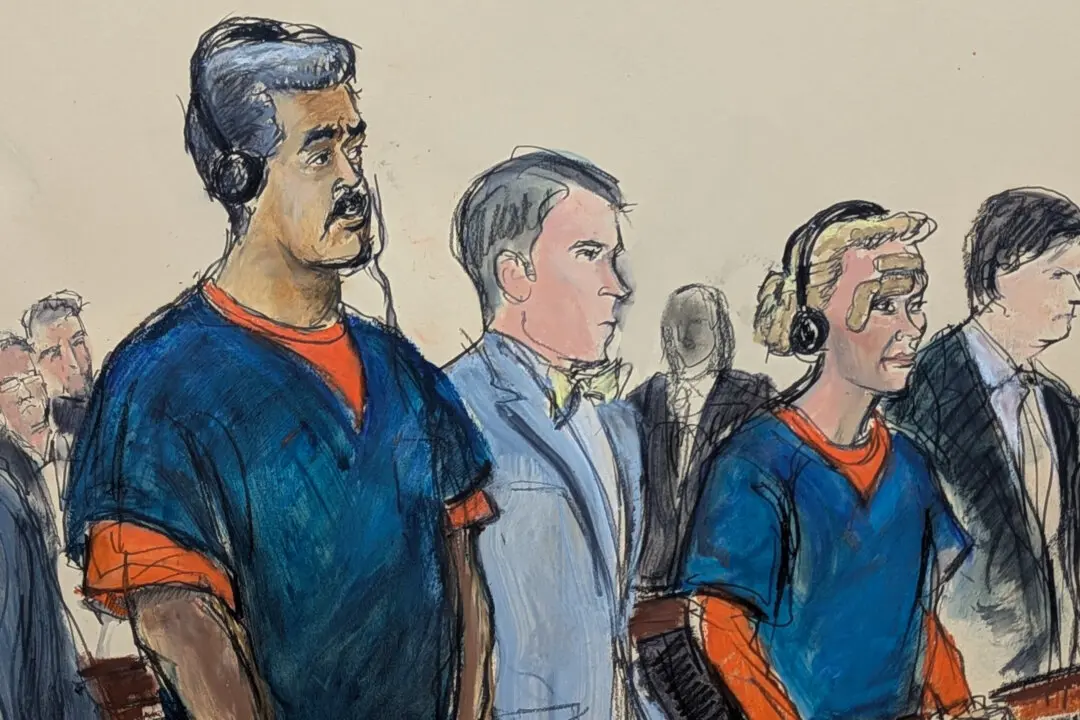NEW YORK—A study released by Transportation Alternatives on Thursday shows that New York City drivers are not heeding speed signs in neighborhoods across the five boroughs. The report, Terminal Velocity: NYC’s Speeding Epidemic shows that 39 percent of drivers were in excess of the 30 mph speed limit, with fatal speeds of 60 mph and higher in school zones and other high-traffic pedestrian areas.
T.A. researchers surveyed more than 15,000 vehicles at 13 locations using radar guns and speeding enforcement cameras, the same technology used by law enforcement officers across the country.
Some findings of the study:
• Citywide, 39 percent of motorists drive above the 30 mph speed limit
• In Manhattan, 70 percent of drivers on East Houston Street speed through a school zone
• In the Bronx, 32 percent of drivers on Webster Avenue speed past a school as fast as 66 m.p.h.
• In Queens, 32 percent of drivers on Northern Boulevard speed through a busy commercial area, past a school and police station
• In Brooklyn, 88 percent of drivers on Rogers Avenue in Prospect Lefferts Gardens speed, with 25 percent exceeding 40 mph
• On Hylan Boulevard, Staten Island’s most dangerous street, 39 percent of drivers exceed the speed limit, reaching fatal speeds over 60 mph
Speeding contributes to roughly 2,400 motor vehicle crashes in New York City each year—nearly three times the number attributed to drunk driving. The likelihood of a crash resulting in a pedestrian fatality increases exponentially with speed; a pedestrian struck at 30 mph has a 60 percent chance of surviving a crash, but the likelihood of survival drops to 30 percent when the vehicle is driving at 40 mph. Transportation Alternatives and Manhattan Borough President Scott Stringer are calling for the installation of speeding enforcement cameras, NYPD monitoring of speeding levels and safer street designs to slow cars down.
“Pedestrian safety has always been a major concern for me and my office, but the recent traffic death of a former intern in my office has brought the issue home in a very personal way,” says Manhattan borough president Scott M. Stringer. “New York is a walking city, and we have to make it a safer one for the millions of New Yorkers and visitors who are out on our streets every day.”




